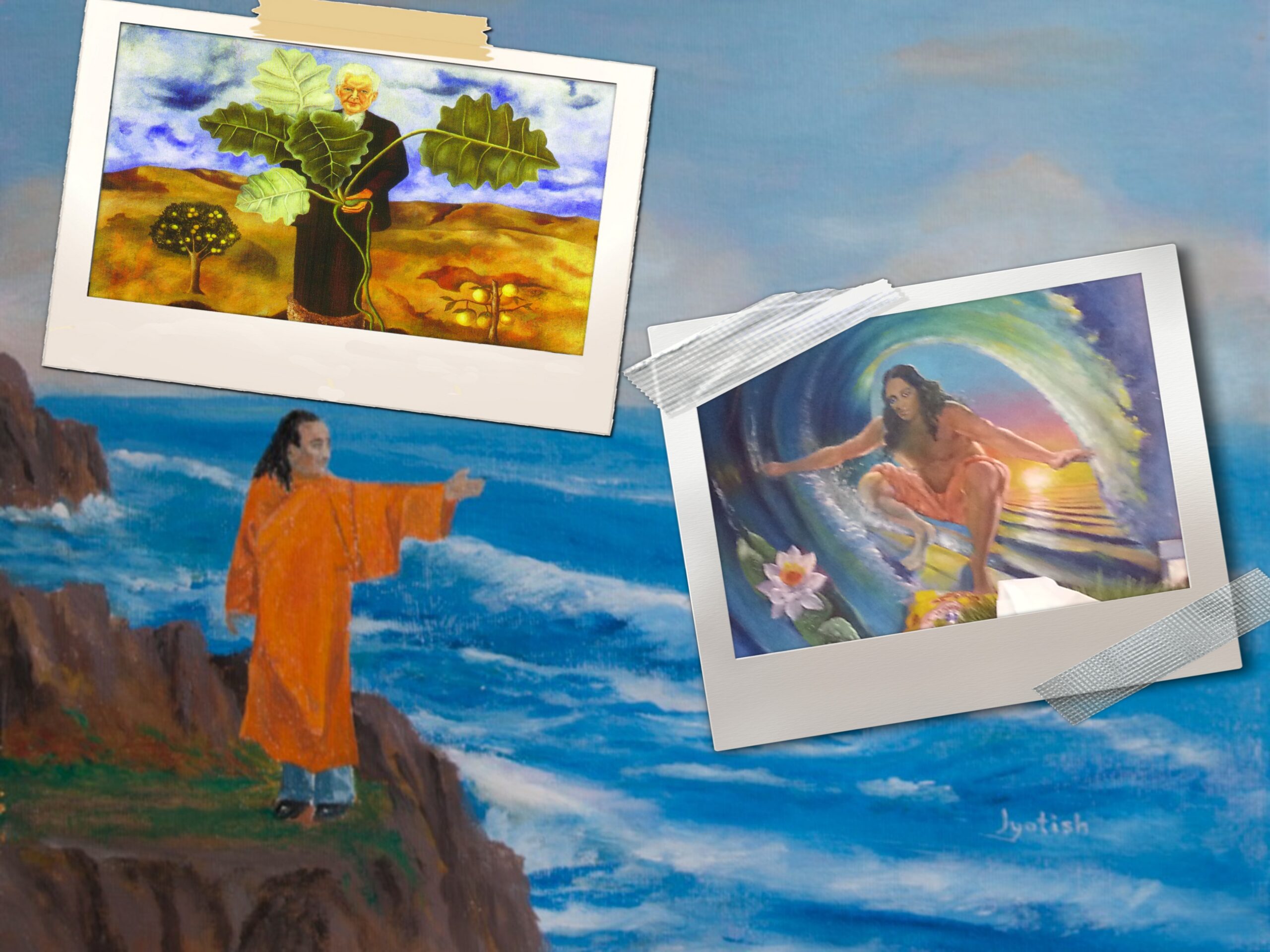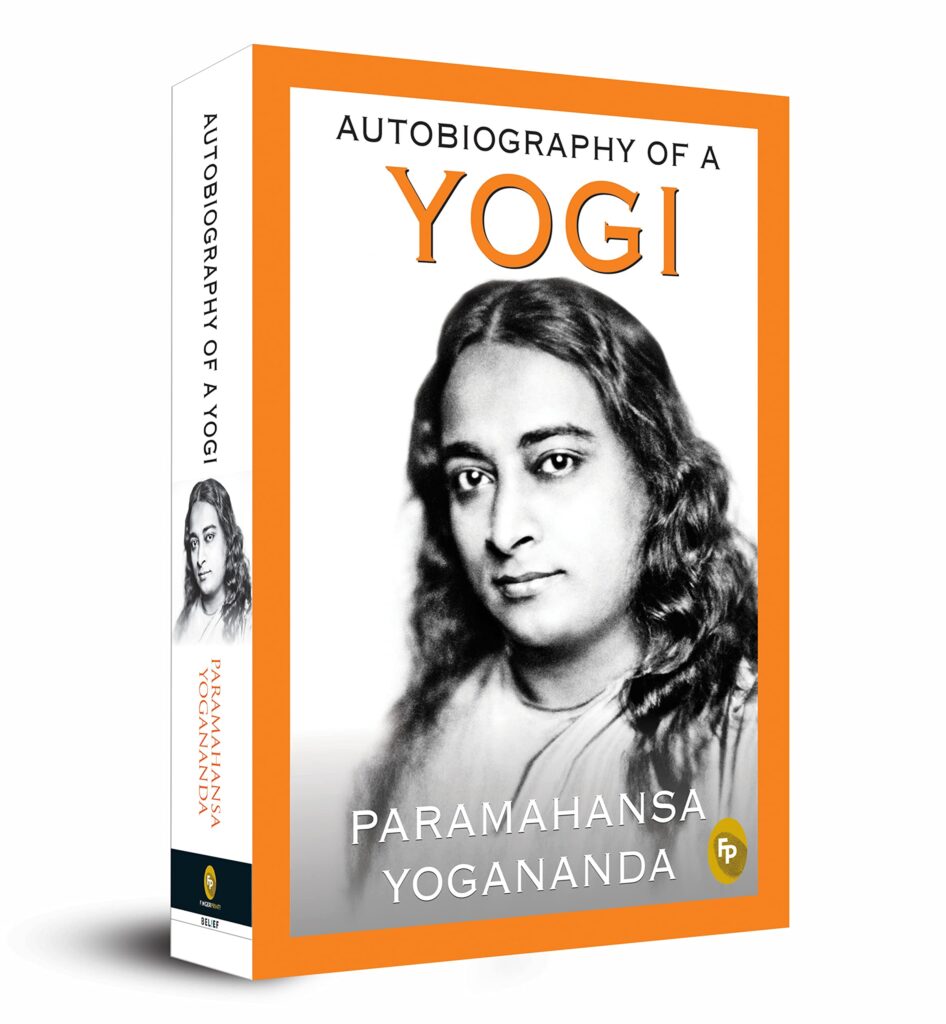- Visitor:18
- Published on:
Luther Burbank – A Saint Amidst the Roses
Though the form of Burbank lies in Santa Rosa under a Lebanon cedar that he planted years ago in his garden, his soul is enshrined for me in every wide-eyed flower that blooms by the wayside. Withdrawn for a time into the spacious spirit of nature, is that not Luther whispering in her winds, walking her dawns?

“The secret of improved plant breeding, apart from scientific knowledge, is love.” Luther Burbank uttered this wisdom as I walked beside him in his Santa Rosa garden. We halted near a bed of edible cacti.
“While I was conducting experiments to make ‘spineless’ cacti,” he continued, “I often talked to the plants to create a vibration of love. ‘You have nothing to fear,’ I would tell them. ‘You don’t need your defensive thorns. I will protect you.’ Gradually the useful plant of the desert emerged in a thornless variety.”
I was charmed at this miracle. “Please, dear Luther, give me a few cacti leaves to plant in my garden at Mount Washington.”
A workman standing near-by started to strip off some leaves; Burbank prevented him.
“I myself will pluck them for the swami.” He handed me three leaves, which later I planted, rejoicing as they grew to huge estate.
The great horticulturist told me that his first notable triumph was the large potato, now known by his name. With the indefatigability of genius, he went on to present the world with hundreds of crossed improvements on naturehis new Burbank varieties of tomato, corn, squash, cherries, plums, nectarines, berries, poppies, lilies, roses.

I focused my camera as Luther led me before the famous walnut tree by which he had proved that natural evolution can be telescopically hastened.
“In only sixteen years,” he said, “this walnut tree reached a state of abundant nut production to which an unaided nature would have brought the tree in twice that time.”
Burbank’s little adopted daughter came romping with her dog into the garden.
“She is my human plant.” Luther waved to her affectionately. “I see humanity now as one vast plant, needing for its highest fulfillments only love, the natural blessings of the great outdoors, and intelligent crossing and selection. In the span of my own lifetime I have observed such wondrous progress in plant evolution that I look forward optimistically to a healthy, happy world as soon as its children are taught the principles of simple and rational living. We must return to nature and nature’s God.”
“Luther, you would delight in my Ranchi school, with its outdoor classes, and atmosphere of joy and simplicity.”
My words touched the chord closest to Burbank’s heartchild education. He plied me with questions, interest gleaming from his deep, serene eyes.
“Swamiji,” he said finally, “schools like yours are the only hope of a future millennium. I am in revolt against the educational systems of our time, severed from nature and stifling of all individuality. I am with you heart and soul in your practical ideals of education.”
As I was taking leave of the gentle sage, he autographed a small volume and presented it to me.

“Here is my book on The Training of the Human Plant,“ he said. “New types of training are neededfearless experiments. At times the most daring trials have succeeded in bringing out the best in fruits and flowers. Educational innovations for children should likewise become more numerous, more courageous.”
I read his little book that night with intense interest. His eye envisioning a glorious future for the race, he wrote: “The most stubborn living thing in this world, the most difficult to swerve, is a plant once fixed in certain habits. . . . Remember that this plant has preserved its individuality all through the ages; perhaps it is one which can be traced backward through eons of time in the very rocks themselves, never having varied to any great extent in all these vast periods. Do you suppose, after all these ages of repetition, the plant does not become possessed of a will, if you so choose to call it, of unparalleled tenacity? Indeed, there are plants, like certain of the palms, so persistent that no human power has yet been able to change them. The human will is a weak thing beside the will of a plant. But see how this whole plant’s lifelong stubbornness is broken simply by blending a new life with it, making, by crossing, a complete and powerful change in its life. Then when the break comes, fix it by these generations of patient supervision and selection, and the new plant sets out upon its new way never again to return to the old, its tenacious will broken and changed at last.

“When it comes to so sensitive and pliable a thing as the nature of a child, the problem becomes vastly easier.”
Magnetically drawn to this great American, I visited him again and again. One morning I arrived at the same time as the postman, who deposited in Burbank’s study about a thousand letters. Horticulturists wrote him from all parts of the world.
“Swamiji, your presence is just the excuse I need to get out into the garden,” Luther said gaily. He opened a large desk-drawer containing hundreds of travel folders.
“See,” he said, “this is how I do my traveling. Tied down by my plants and correspondence, I satisfy my desire for foreign lands by a glance now and then at these pictures.”
My car was standing before his gate; Luther and I drove along the streets of the little town, its gardens bright with his own varieties of Santa Rosa, Peachblow, and Burbank roses.
“My friend Henry Ford and I both believe in the ancient theory of reincarnation,” Luther told me. “It sheds light on aspects of life otherwise inexplicable. Memory is not a test of truth; just because man fails to remember his past lives does not prove he never had them. Memory is blank concerning his womb-life and infancy, too; but he probably passed through them!” He chuckled.
The great scientist had received Kriya initiation during one of my earlier visits. “I practice the technique devoutly, Swamiji,” he said. After many thoughtful questions to me about various aspects of yoga, Luther remarked slowly:
“The East indeed possesses immense hoards of knowledge which the West has scarcely begun to explore.”
Intimate communion with nature, who unlocked to him many of her jealously guarded secrets, had given Burbank a boundless spiritual reverence.

“Sometimes I feel very close to the Infinite Power,” he confided shyly. His sensitive, beautifully modeled face lit with his memories. “Then I have been able to heal sick persons around me, as well as many ailing plants.”
He told me of his mother, a sincere Christian. “Many times after her death,” Luther said, “I have been blessed by her appearance in visions; she has spoken to me.”
We drove back reluctantly toward his home and those waiting thousand letters.
“Luther,” I remarked, “next month I am starting a magazine to present the truth-offerings of East and West. Please help me decide on a good name for the journal.”
We discussed titles for awhile, and finally agreed on East-West. After we had reentered his study, Burbank gave me an article he had written on “Science and Civilization.”
“This will go in the first issue of East-West,” I said gratefully.
As our friendship grew deeper, I called Burbank my “American saint.” “Behold a man,” I quoted, “in whom there is no guile!” His heart was fathomlessly deep, long acquainted with humility, patience, sacrifice. His little home amidst the roses was austerely simple; he knew the worthlessness of luxury, the joy of few possessions. The modesty with which he wore his scientific fame repeatedly reminded me of the trees that bend low with the burden of ripening fruits; it is the barren tree that lifts its head high in an empty boast.

I was in New York when, in 1926, my dear friend passed away. In tears I thought, “Oh, I would gladly walk all the way from here to Santa Rosa for one more glimpse of him!” Locking myself away from secretaries and visitors, I spent the next twenty-four hours in seclusion.
The following day I conducted a Vedic memorial rite around a large picture of Luther. A group of my American students, garbed in Hindu ceremonial clothes, chanted the ancient hymns as an offering was made of flowers, water, and firesymbols of the bodily elements and their release in the Infinite Source.
Though the form of Burbank lies in Santa Rosa under a Lebanon cedar that he planted years ago in his garden, his soul is enshrined for me in every wide-eyed flower that blooms by the wayside. Withdrawn for a time into the spacious spirit of nature, is that not Luther whispering in her winds, walking her dawns?
His name has now passed into the heritage of common speech. Listing “burbank” as a transitive verb, Webster’s New International Dictionary defines it: “To cross or graft (a plant). Hence, figuratively, to improve (anything, as a process or institution) by selecting good features and rejecting bad, or by adding good features.”
“Beloved Burbank,” I cried after reading the definition, “your very name is now a synonym for goodness!”
LUTHER BURBANK
SANTA ROSA, CALIFORNIA
U.S.A.
December 22, 1924
I have examined the Yogoda system of Swami Yogananda and in my opinion it is ideal for training and harmonizing man’s physical, mental, and spiritual natures. Swami’s aim is to establish “How-to-Live” schools throughout the world, wherein education will not confine itself to intellectual development alone, but also training of the body, will, and feelings.
Through the Yogoda system of physical, mental, and spiritual unfoldment by simple and scientific methods of concentration and meditation, most of the complex problems of life may be solved, and peace and good-will come upon earth. The Swami’s idea of right education is plain commonsense, free from all mysticism and non-praciticality; otherwise it would not have my approval.
I am glad to have this opportunity of heartily joining with the Swami in his appeal for international schools on the art of living which, if established, will come as near to bringing the millennium as anything with which I am acquainted.

Burbank also gave me an autographed picture of himself. I treasure it even as a Hindu merchant once treasured a picture of Lincoln. The Hindu, who was in America during the Civil War years, conceived such an admiration for Lincoln that he was unwilling to return to India until he had obtained a portrait of the Great Emancipator. Planting himself adamantly on Lincoln’s doorstep, the merchant refused to leave until the astonished President permitted him to engage the services of Daniel Huntington, the famous New York artist. When the portrait was finished, the Hindu carried it in triumph to Calcutta.
2 New York: Century Co., 1922.
Bibliography:
Yogananda, P., Autobiography of a Yogi. Om Books International, Chapter 38.
Center for Indic Studies is now on Telegram. For regular updates on Indic Varta, Indic Talks and Indic Courses at CIS, please subscribe to our telegram channel !
- 9 min read
- 0
- 0










